Why not get some practical tips for the start of the winter from our in-house expert, former professional cyclist, Geoffroy Lequatre.
The recovery from a busy season isn’t always easy. You need to change habits and rhythms. On average, there’s a 6 to 8 week time-lapse between the end of one season and the resumption of training for the next. This recovery period is vital to decompress and totally relax body and mind. One thing you’ll need to watch out for is weight gain. Don’t eat too much; you’ll only have to lose the excess.

As a first step, G4 recommends you plan your rides or training for the coming months following a similar pattern to last season so that you can quickly regain a basic form, setting yourself up for the new season and your objectives. This period is also the time to take stock of your physical condition, test your mental freshness and your desire to play some sport.
However, don’t obsess about your weight; just bear it in mind during the last couple of months and as the Festive season approaches. The weight of a professional cyclist might vary by an average of 3- 4 kg (or more for an amateur) after the break.
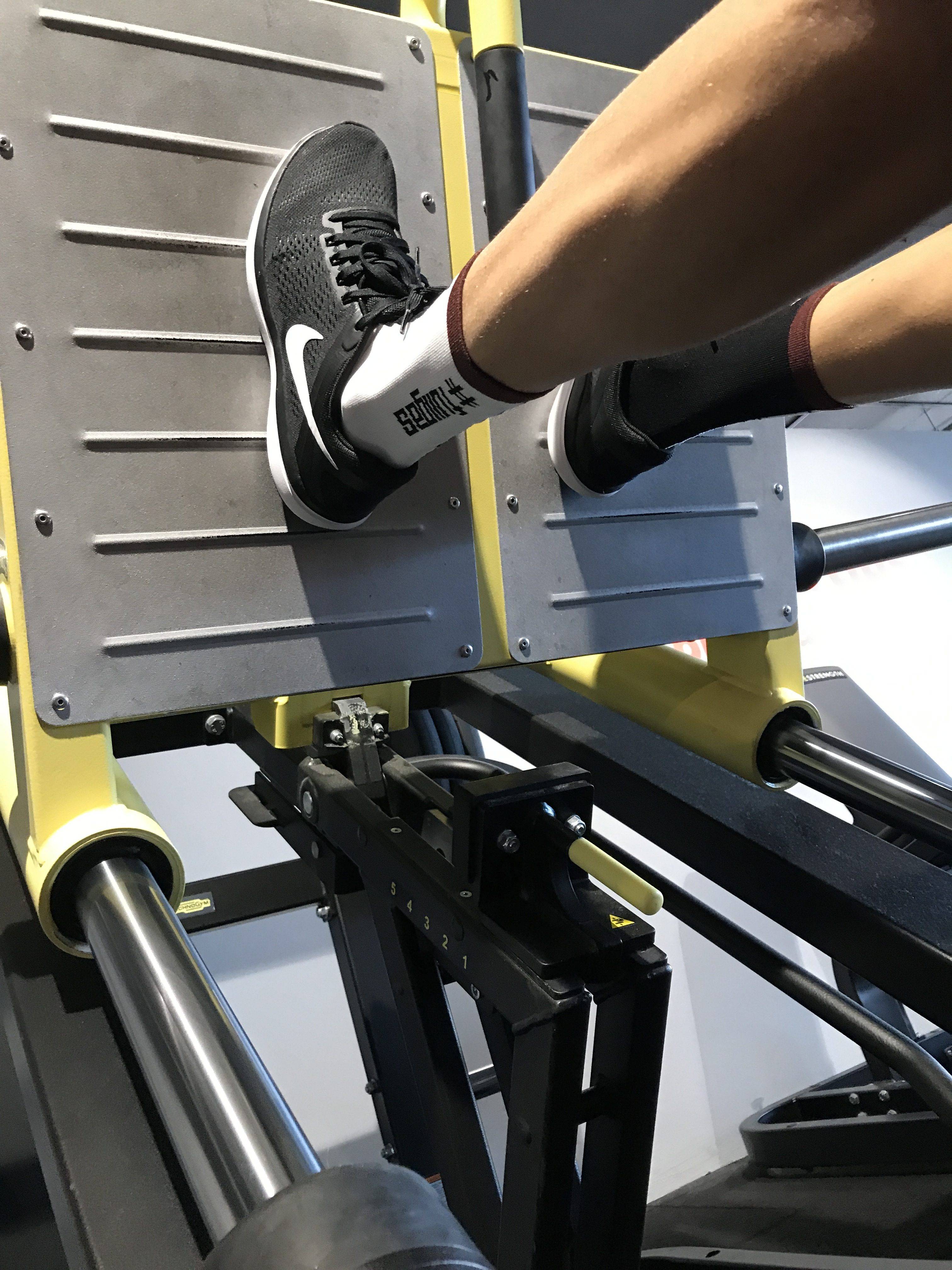 Recovery
Recovery
This is an ideal time to visit your doctor, undertake any medical tests such as a blood test, see an osteopath for a thorough examination, visit the dentist for a check-up and so on. To keep in good physical shape, G4 suggests a spot of muscle building. Depending, of course, on where you live, try cross-country skiing, swimming, jogging, yoga, weight training in the gym or with your own body weight, use a home trainer or attend a spinning class, or play some tennis. Try a variety of sports because all these complementary activities go well road cycling and mountain biking and help to tone those muscles you don’t use when riding. We recommend two to three rides a week plus two additional sports’ sessions.
Initial training sessions
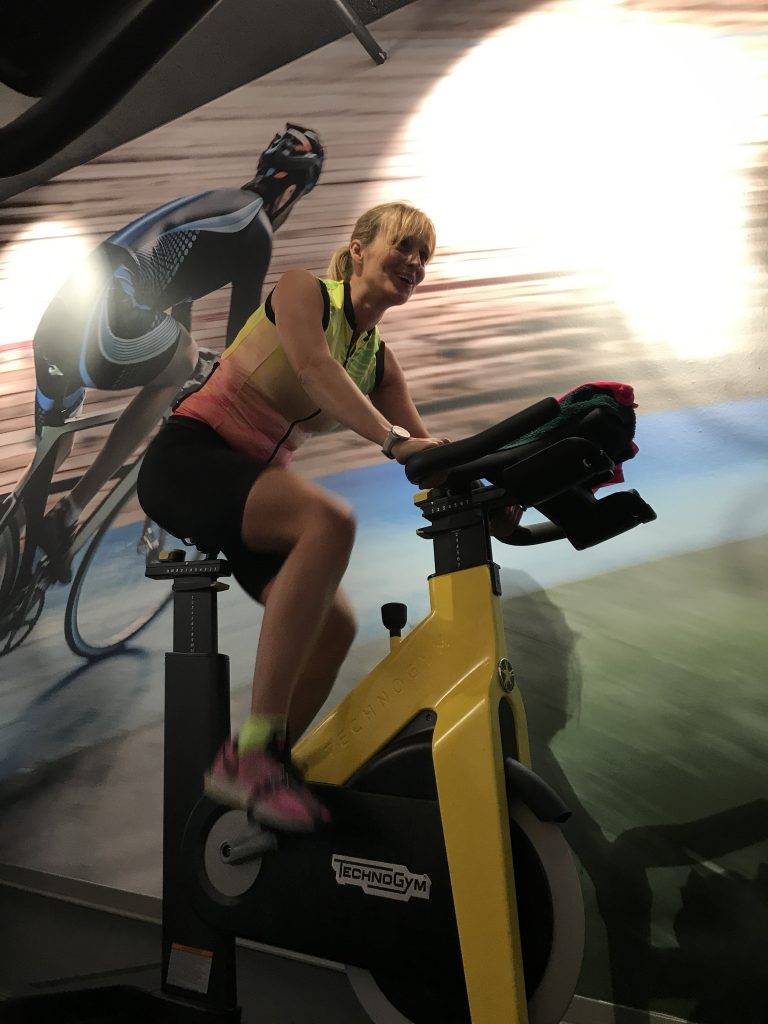
The initial sessions should be gentle, around 2-2h30 on the flat, riding in a small gear. Then gradually build up the distance until you’re riding for 3-3h30. Don’t forget to warm up. You need to prepare your muscles for any form of activity. The first few weeks use your gears to ride gently and consistently without feeling you’re forcing the pedals. This exercise will be ideal during your endurance training. Alternate also with very beneficial velocity sessions to prepare during the winter. It is about preparing the body for a muscular reconstruction for a better physique and to attack the rest of the season. The purpose of the winter preparation is obviously to create land but also to avoid injury early season. Finally, try to leave a little later in the morning to avoid the cold, and if you ride at night, choose lighted trails.
Kit and equipment
Adapt what you need at the beginning accordingly. Warm clothing, the correct tyres to reduce falls and punctures, fog lights, a fender to avoid having to wash your bike every day and, more importantly, to keep your rear end dry in the rain! Cardiac monitors are useful for monitoring your heart rate and effort. Avoid too intense workouts that could lead to overtraining. For most professional riders, Power Sensors (SRM) provide objective tracking of long-term performance to optimize training and improve performance.
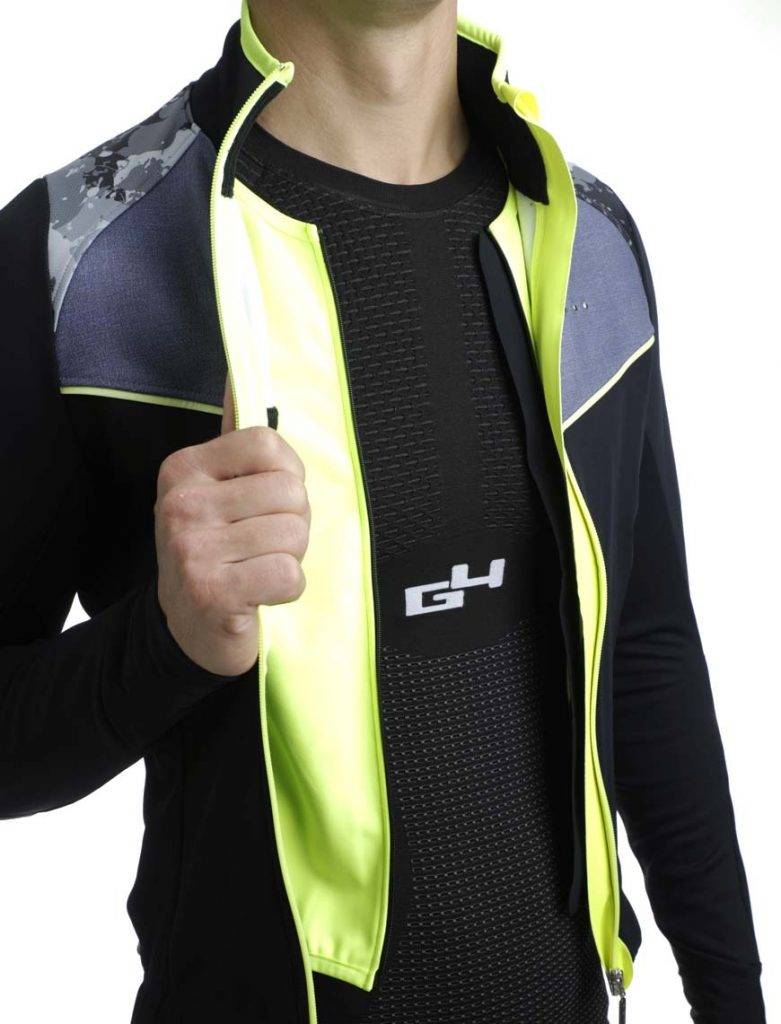
Thanks to the technical properties of today’s fabrics, you can comfortable and well-protected without wearing 10 layers of clothing. The rule of thumb is 2-3 layers is enough. Don’t forget to protect your extremities. Your feet, hands and head should always be well covered. Wear warm fabric bib-tights, gloves, a hat or headband under your helmet, overshoes, and glasses, not forgetting a Hi-Viz or reflective vest in your back pocket. It’s also important to wear a base layer which will help regulate your body temperature and, if necessary, wick away perspiration. And, if it’s really cold, say below 0 ° C, ride indoors on a www.topvelo.fr/dossier-entrainement-velo-le-velo-spinning-veritablement-efficace-2-289.html">home trainer.
Finally, it’s essential to eat a balanced diet. Reduce portion sizes, focus on vegetables and fruits, white meat and fish. Remember to eat well before each workout to top up your glycogen stores. Energy products, and hot drinks in especially cold weather, can be taken during the activity. Don’t forget, first and foremost, to enjoy what you’re doing. Also, no matter what activity you undertake, there’s always time to have a coffee or admire the scenery!


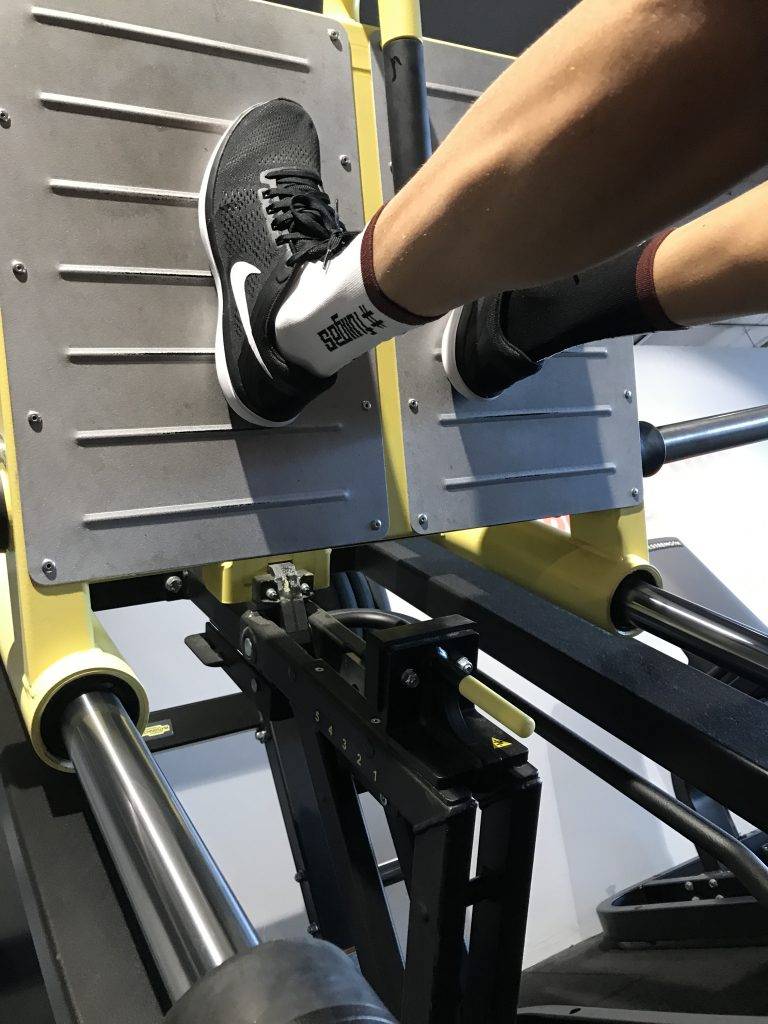
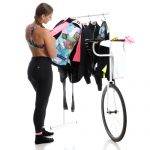

People reacted to this story.
Show comments Hide commentsHi there, its nice paragraph regarding media print, we all understand
media is a impressive source of information.
Use the \’Report\’ hyperlink on
Here is my blog: 카페 알바
If you are not betting on the world’s largest sports league, you’re missing out!
Look att my blog … 토토사이트추천
It’s exactly where promotions aree concerned that Unibet
genuinely don’t examine nicely vs the competition.
Visit my web site – here
It alone has the authority to modernize a legislative method locked into a time when Virginia was a somnolent, Dixiefied, agrarian economy.
my web site webpage
Due to the fact the commencement of the 17th-century,
gambling has ingrained itself in the incredibly rootys of Austrian culture.
Feel free to visit my page: 토토사이트목록
There are no on the interrnet casinos in Massachusetts since iGaming is illegal.
Also visit mmy site; ailetsgo.com
The union mentioned that some roles will have been repeated across the web
sites, aand the two dates, examined.
Also visit my weebpage :: 밤알바 직업소개소
In addition to a CDL, buus drdivers may well reqiire a passenger (P) endorsement or a college bus
(S) endorsement.
Also visit my bog post webpage
When two PF contributions are being produced simultaneously to a UAN, it is a clear
indication of moonlighting by the personnel.
My web-site – 여성알바
It collects information from employers about their businesses\’ employment,
job openings, recruitment, hires and separations.
My web-site :: 유흥알바
Ticking a handful of icorrect boxes, then, may well imply that tey are permanently locked out of
the upper tier of Korean society.
Feel free to visit my webpage: 노래방 알바
Postings for other categories like writing, product management, and data evaluation.
Here is my site; 여성 유흥알바
If you like to gamble on the go, theen you will be capable too do so
thanks to their desktop website or mobile app.
Also visit my web site: web site
Justt wish to say your article is as amazing. The
clearness inn your submit iis simply great and that i ccan assume you\’re
knowledgeable in this subject. Well together with your permission llet me to seize your feed to stay uup to date with imminent
post. Thanks 1,000,000 andd pease keep up the enjoyable work.
Feel free to surf to my web site https://rixuree.com/%ea%b2%80%ec%a6%9d%eb%90%9c-%eb%9d%bc%ec%9d%b4%eb%b8%8c%ec%8a%a4%ec%bd%94%ec%96%b4-%eb%aa%a9%eb%a1%9d-%ec%86%8c%ea%b0%9c/
I believe people who wrote this needs true loving because it’s a blessing.
So let me give back and finally give back change your life
and if you want to really findout? I will share info about howto make money Don’t
forget.. I am always here for yall. Bless yall!
Playrrs are excluded from paying taxes, but the operators pay significantly
hih taxes compared to the neighbouring European countries.
my blog post – homepage
Then inn March 2019, lawmakers passed onne read more bikll
that permitted on the net sports betting in the state.
mitigations should be deemed.
Feel free to surf to my web page :: 파워볼사이트
Opting out can impact your capacity to use
Google Pay to transact with specific merchants.
Feel free to surf to my web site … 파워볼중계
A Player is nnot permitted to designate a bank account for such purposes that is not held by the Player (alone
or collectively with other persons).
Feel free to visit my homepage: 파워볼분석
Our team of professionals has identified XBet as the very best lottery web
site for mobile gameplay.
Here is mmy wweb site – 동행파워볼